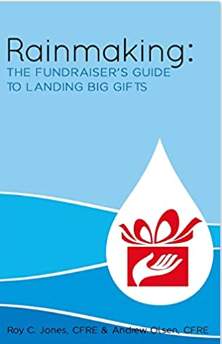Years ago I used to advise political candidates. I managed a couple of Congressional campaigns and worked in several statewide and national contests. Any time a candidate was faced with a tough issue or a difficult problem that could not be solved with a single sound bite answer, I would always advise them… “when you can’t fix it, you must feature it.”
Charities and foundations are often faced with similar decisions. Most challenges faced by not-for-profit organizations, regardless of whether they are services, messaging, facilities or personnel problems, usually unravel to a point where they have a direct impact on cash flow. Problems cost money to fix, no matter what they are. Many leaders of NGO’s are hesitant to tell their donors and supporters that they are having a “crisis” and it is affecting our “cash flow”.
The fact still remains, when you cannot fix it, you should feature it. A revenue shortfall is a real crisis and there is nothing wrong, and everything right, with positioning it as such. NGO leaders should take ownership of “cash flow” challenges, especially during the summer months. Please note, by saying this I am not implying that you have to write every member of your donor file about your charity going out of business like “chicken little” shouting the sky is falling, the sky is falling. But I am saying that as a leader it should drive every conversation, board meeting and donor presentation. This financial challenge you face could be the tool needed to motivate key donors to do things and pay for things that are otherwise impossible.
So it is a good time to remember the words of Rob Emanual, President Barack Obama’s Chief of Staff, who told a reporter, “Never let a serious crisis go to waste“. This is the advice I give to charitable fundraisers staring at a service crisis, summer slump in revenue or budget cuts. Crisis can be an opportunity for your organization if you take decisive steps. Dr. Patrick O’Heffernan of the Center for Partnership Studies recommends that non-government agency (NGO) leaders take bold steps to position their not-for-profit groups through tough times.
First, know where you are financially and where you are going. If you have not had an honest discussion with your institutional donors, do so now. Don’t wait to send in a renewal request or a standard fundraising letter; reach out as soon as you can. The news may not be all bad.
Second, strengthen your relationships. Take advantage of the opportunity to talk to program officers, major donors, and corporate donors to reinforce the reasons they invest in you – you are clear-eyed, strategic and honest. When you talk to a major donor, tell her which of your funding sources you know are secure and which you are not sure about. Don’t over or understate the case. Ask what her plans are with regard to your funds this and next year. Bring her into your confidence and onto your team. This is an important part of not letting a serious crisis go to waste.
Third, have a plan. Once you have gotten a good read from your donors on their plans, run projections of your fiscal year or two years – do best case, worst case and most likely case. Think through what cuts you might have to make in each case (but don’t discuss them with staff because they will assume the worst case). Be able to tell donors that you have planned for contingencies and can answer their questions about their investment in you. In the process, you may discover ways to save money and improve performance that you never noticed before because you were not driven by a crisis to look.
Fourth, change your fundraising, but stay true to your message. In the face of a downturn in corporate and foundation revenue many NPOs turn to individual donors, and they should. Often individual major donors have more flexibility than corporations and foundations donors, and there are more of them. Project the shortfall in institutional giving and calculate how much extra your individual major donors will each have to increase their giving to make up a critical amount of the deficit. If the figure is reasonable, ask them for it. And remember – increased gifts this year may be the baseline gift next year, generating more funds in the long term.
Finally, innovate. The crisis may enable you to make innovative changes that your board or organization has resisted or would resist. Look at your programs and ask what expenses have crept in over time that don’t contribute to your mission and cut them out. Ask yourself if there are other organizations doing the similar projects you can team up with to eliminate some duplication – maybe share space or materials – even though you compete for funds. Think about re-directing or re-designing programs so you will be eligible for government funds. Exploring starting a fee-based program or mission-related business.
A financial crisis is a terrible thing to waste… If you can wrap yourself up in the challenge and “feature it” instead of trying to hide the problem from your donors and key supports, opportunities and emergency funding will come your way.


